German know-how plays a key role when it comes to constructing wind farms in Argentina. With the help of financing from KfW IPEX-Bank, local operators and European wind turbine manufacturers are coming together. An example of international teamwork for climate protection.
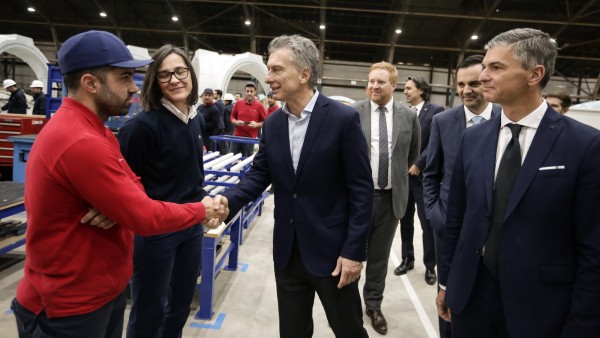
In June 2019, Argentina's president Mauricio Macri shook countless hands at the opening of the new Nordex Group plant in Córdoba. Under his government the energy transition has achieved even more prominence throughout the country.
There was much commotion over the high-ranking guest who arrived punctually in early June 2019 at the factory opening in the city of Córdoba in central Argentina. President Mauricio Macri came, visited the nacelle assembly plant and shook countless hands. In visiting the new location of the German-Spanish wind turbine manufacturer Nordex, the Argentinian President set a sign underscoring just how serious he is about the energy transition in his country.
In late 2015, an amendment to the renewable energy law was approved. In May 2016, shortly after being sworn in as president, Mauricio Macri launched the RenovAr programme. Argentina's renewable energy auction programme RenovAr was born from the amended renewable energy law and supports the use of renewable energies while reducing the country's CO₂ emissions. The aim of the first phase of the programme is to install a total of 10 GW of energy capacity between 2016 and 2026 and thus to increase the share of renewable energy in Argentina's overall power consumption.
High cost efficiency expected for wind farms
The focus is on wind farm projects - and for good reason, since the high wind velocities mainly along the coasts promise high economic efficiency for the facilities. By 2026, 6 GW - the lion's share of the 10 GW that the RenovAr programme aims to achieve - are to be generated via wind energy. The second-biggest contribution is attributed to photovoltaic installations, which will account for 3 GW.
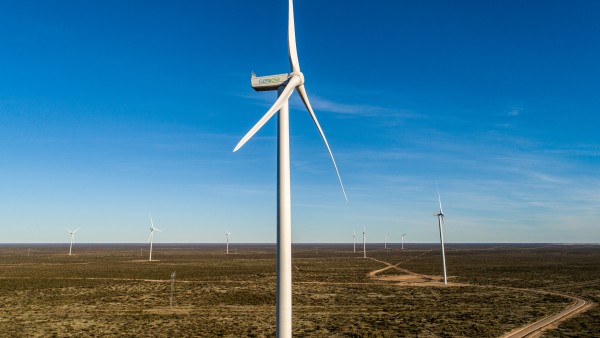
At the Pomona wind farm, 26 Nordex turbines began operating in summer 2019 over an area of 1,365 hectares. It took barely two years from the award of contract until completion – a brisk result.
In order to build these major projects in such a short expanse of time, plant operators are heavily dependent on support. The RenovAr programme offers them the assistance they need in the form of tax relief and a newly established trust fund meant to promote the financing of renewable energy projects. At its launch in 2016 it was endowed with around 740 million euros. In addition to domestic support, promotional funds from other countries are also required.
Wind facilities constructed at a record pace
Genneia SA, an Argentinian manufacturer in the field of thermal and renewable energy, has erected a wind farm close to Pomona, a village in the province of Rio Negro. There, 26 Nordex turbines generate 101.4 MW of power. The wind farm - which sits on an area of 1,365 hectares, corresponding to approx. 1,900 football fields - began operating in July 2019. It took barely two years from the award of contract until completion.
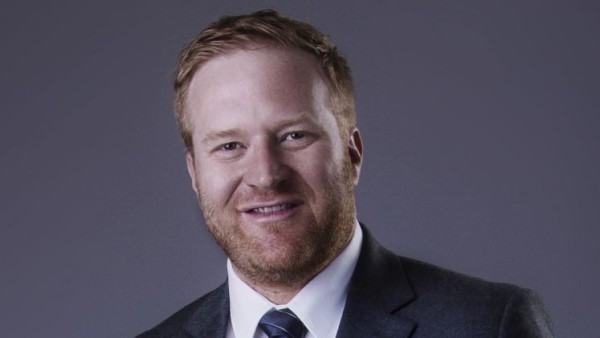
Vincent Riedweg, Managing Director Argentina and Uruguay of the Nordex Group, knows what logistical challenges are involved in building a wind farm. The German-Spanish company has already implemented numerous projects in Argentina.
Building a wind farm in such a short time is a logistical feat in itself. The manufacture of the main components, i.e. the rotor blades, towers and nacelles, alone takes between six and ten months. "They were made at our facility in Rostock," explained Vincent Riedweg, Managing Director Argentina and Uruguay of the Nordex Group. "Afterwards the super-sized components had to be shipped and then transported by land. Transports over such long stretches in particular can pose quite a challenge."
Transporting the components to the construction site took between four and six months. Given their sheer size, this comes as no surprise: everything included, a wind turbine weighs a total of over 400 tonnes, with the nacelle alone coming in at over 100 tonnes. Not all ports have the necessary infrastructure to unload components of this magnitude. Exact planning is essential in order to use the possibilities that are available as efficiently as possible. It took workers between three and four months to erect the 120-metre-high wind turbines. Up to 400 people were involved in the Pomona project at its peak.
RenovAR programme
Under the RenovAR (renewable energy auction) programme, the Argentinian Government awards long-term contracts for the generation of power using renewable energies that include purchase guarantees. The purpose is to meet the target of covering 20% of energy demand using renewable energies by the year 2025. The RenovAr programme and the associated amendment to the renewable energy law created the necessary legal framework also for foreign investment to increase in this area.
As one of three leading manufacturers of wind turbines in Europe, Nordex has the experience needed for such large-scale projects. In the history of the Nordex Group some 21 GW of wind power capacity have already been installed in over 25 markets. In Argentina in particular Nordex has since realised numerous projects. To continue to improve its flexibility, this year the company built the plant in Córdoba that was visited by Mauricio Macri. "We are today the second-biggest supplier with a nacelle and hub assembly facility in the country as well as three concrete tower productions. We definitely plan to continue to grow in Argentina," said Riedweg.
Reference project for Nordex
The Pomona wind farm is a reference project for Nordex, partly because the contract that was awarded in September 2017 marked the first for a turnkey project in Argentina. The wind farm's construction was successful due in part to the good collaboration with the power plant operator Genneia SA, which sees a direct connection between German technology and Argentina's energy transition: "When it comes to renewable energy, Europe sets a standard of excellence worldwide. With over 30 years of experience, European know-how is the key to the rapid development of renewable energies in Argentina," said Juan Duzevic, head of financial planning at Genneia SA.
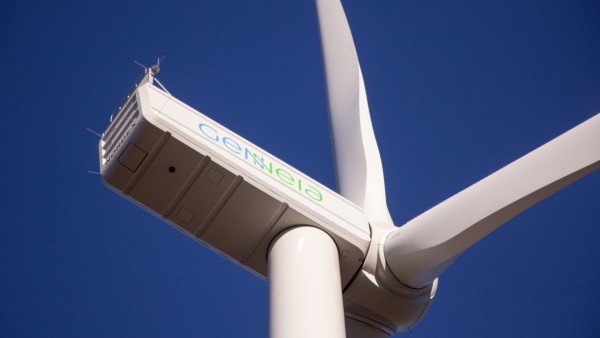
The independent power plant operator Genneia specialises in thermal and renewable energy. German and European know-how plays a major role when it comes to successfully implementing and operating wind farms in Argentina.
The German content in the project was a decisive factor when it came to garnering funds from KfW Bankengruppe. The financing provided by KfW IPEX-Bank (USD 120.9 million) as well as the funds from DEG - Deutsche Investitions- und Entwicklungsgesellschaft mbH (USD 20.7 million) specifically help boost exports of technology and know-how from Germany. "By financing German and European exports we support the sales of our export economy, all the while advancing the expansion of environmentally and climate-friendly power generation in Argentina," explained Thomas Brehler, Global Head of Power, Renewables and Water at KfW IPEX-Bank.
Financing to combat climate change
The Pomona project marks the first long-term non-recourse financing for an established player in the Argentinian market. In this type of financing arrangement, loan repayment is based essentially on the revenue generated from the sale of the energy produced. "The wind farm is located in Patagonia, where extremely strong winds reach the coastal hinterland. This is obviously very important in terms of the energy yield," said Brehler. To assure profitability, smooth operation of the Pomona wind farm is also guaranteed over the long term thanks to a 20-year offtake agreement. Nordex will be in charge of maintenance of the wind turbines over the next ten years.
Beyond the Pomona wind farm, there are more examples in Argentina involving financing from KfW IPEX-Bank, which is keen to support projects that significantly contribute to combating climate change. For instance, the bank provided approx. USD 58 million toward the construction of the 126 MW Bicentenario wind farm in Santa Cruz with its 36 wind turbines by the Danish Vestas Wind Systems A/S. It also financed the smaller 24 MW Kosten wind farm in Chubut Province which, like Bicentenario, is also located in windy Patagonia.
Published on KfW Stories: Tuesday, 24 September 2019
The described project contributes to the following United Nationsʼ Sustainable Development Goals
Goal 7: Ensure access to affordable, reliable, sustainable and modern energy
Close to 80 per cent of the energy produced worldwide still comes from fossil fuel sources. Burning fossil fuels also generates costs for the health system due to air pollution and costs for climate-related damages that harm the general public, not just those burning the fuel.

All United Nations member states adopted the 2030 Agenda in 2015. At its heart is a list of 17 goals for sustainable development, known as the Sustainable Development Goals (SDGs). Our world should become a place where people are able to live in peace with each other in ways that are ecologically compatible, socially just, and economically effective.

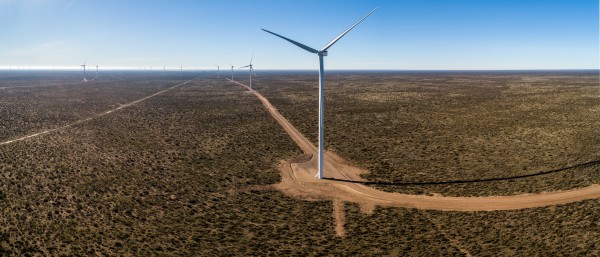
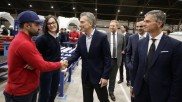
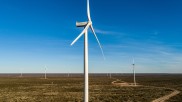
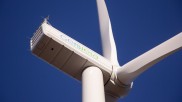
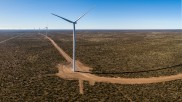
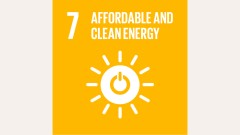
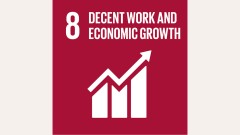
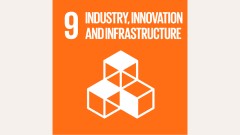
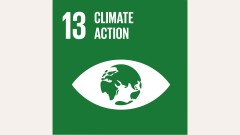
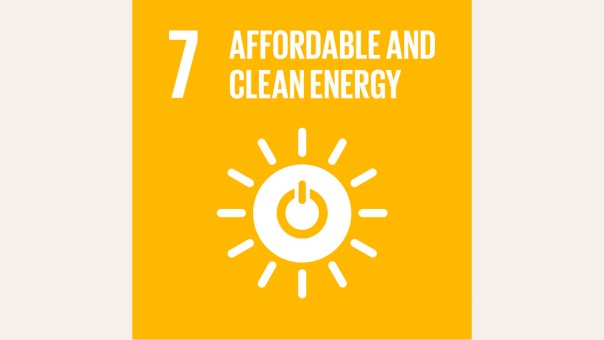
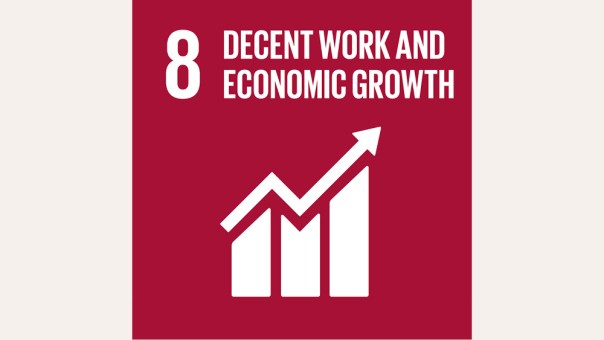
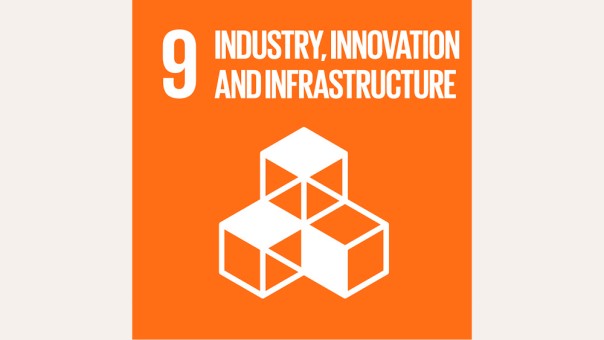
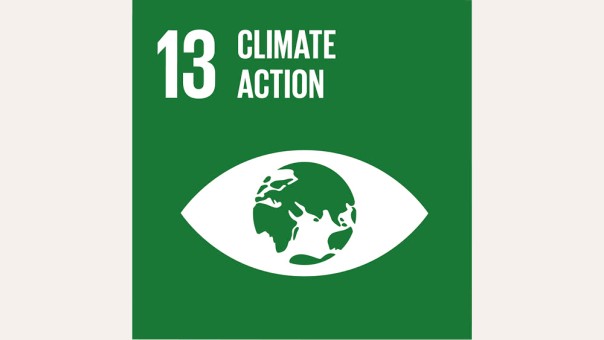
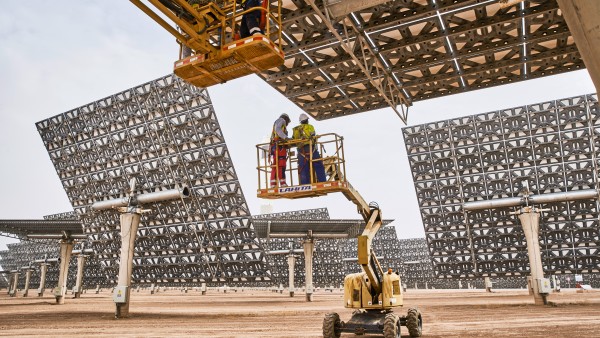
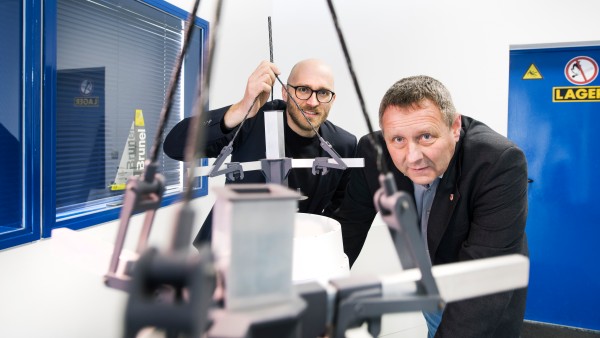

Data protection principles
If you click on one of the following icons, your data will be sent to the corresponding social network.
Privacy information